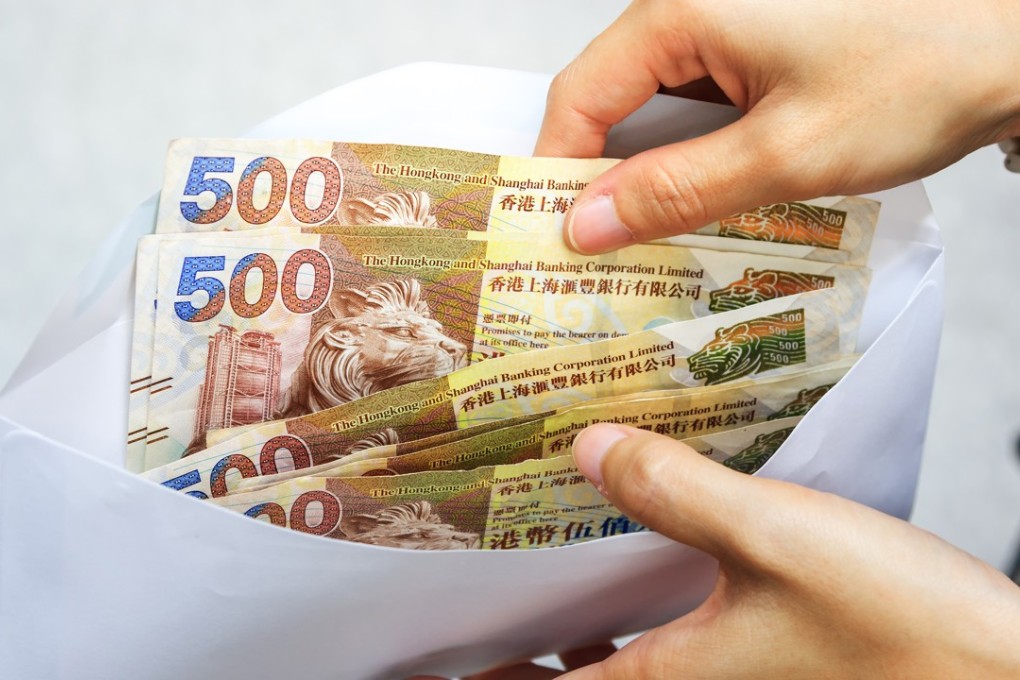Hong Kong’s Exchange Fund has a case to answer in its defence of the dollar’s peg

However, the Hong Kong dollar had been trading on the weak side of the peg, i.e. over 7.8 per US dollar, for several months. People are wondering whether the move was in defence of the peg, or with other policy implications. Monetary statistics show that cause for concern is not unfounded.
By definition, M3 of the Hong Kong dollar comprises three elements: (1) domestic credit expansion; (2) net external flows; and (3) other assets less liabilities.
Net external flows are further divided into the banking book (foreign loans less deposits; investments abroad, foreign debts) and the currency book (clearing balance, Exchange Fund debts, bank notes issued). The currency book is actually the monetary base which usually increases with balance of payments surplus. Abnormal changes would reflect activity of hot money.
The currency board system under which the Hong Kong dollar operates, is both rigid and flexible. It is rigid in that rules are defined, but flexible in that a movement of 5 basis points on either side of the official rate of 7.8 per US dollar is allowed.
Thus, the Hong Kong dollar’s market rate fluctuates within the exchange band of 7.75 and 7.85 per US dollar. Deviations from the official rate are not abnormal, and probably seasonal.
